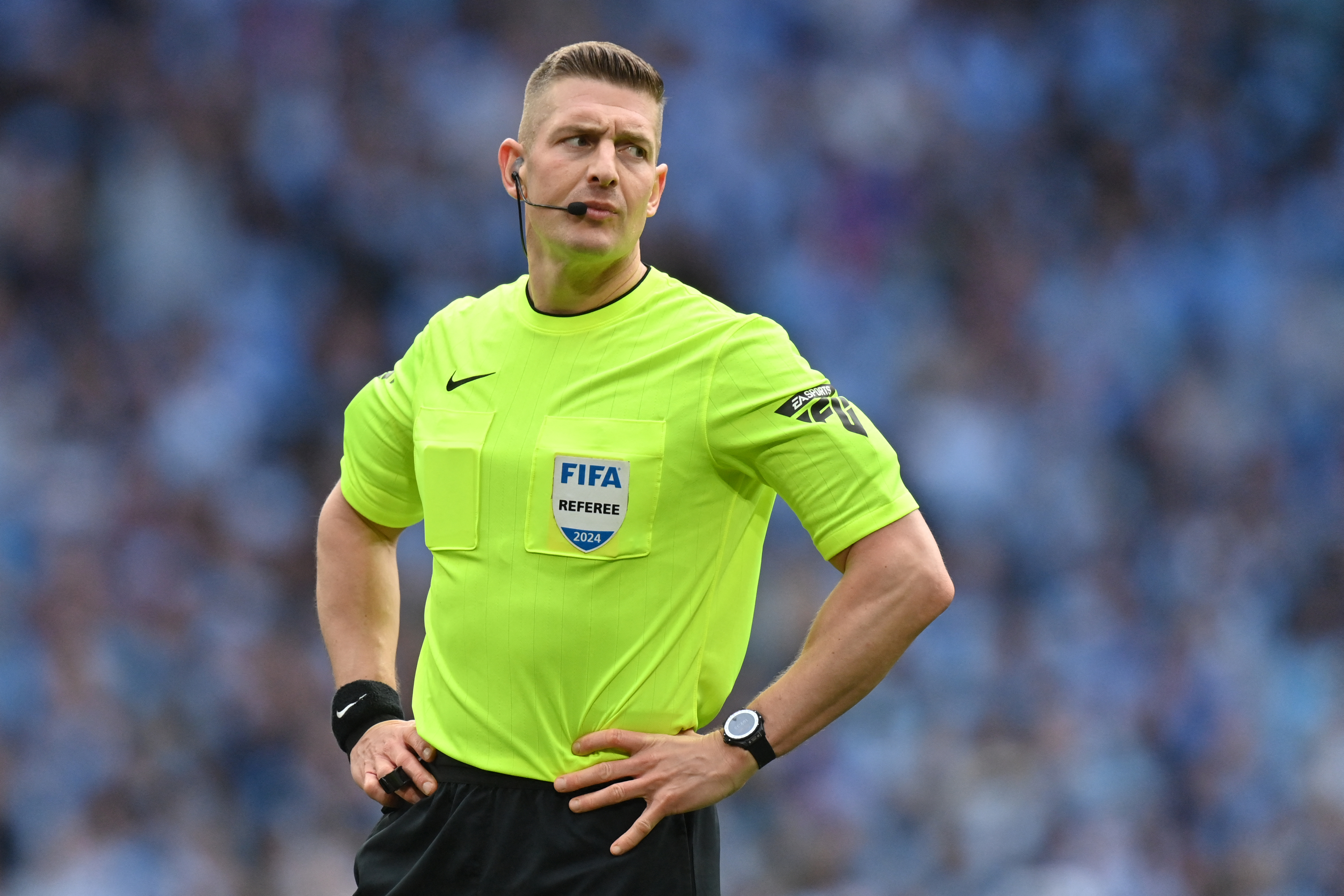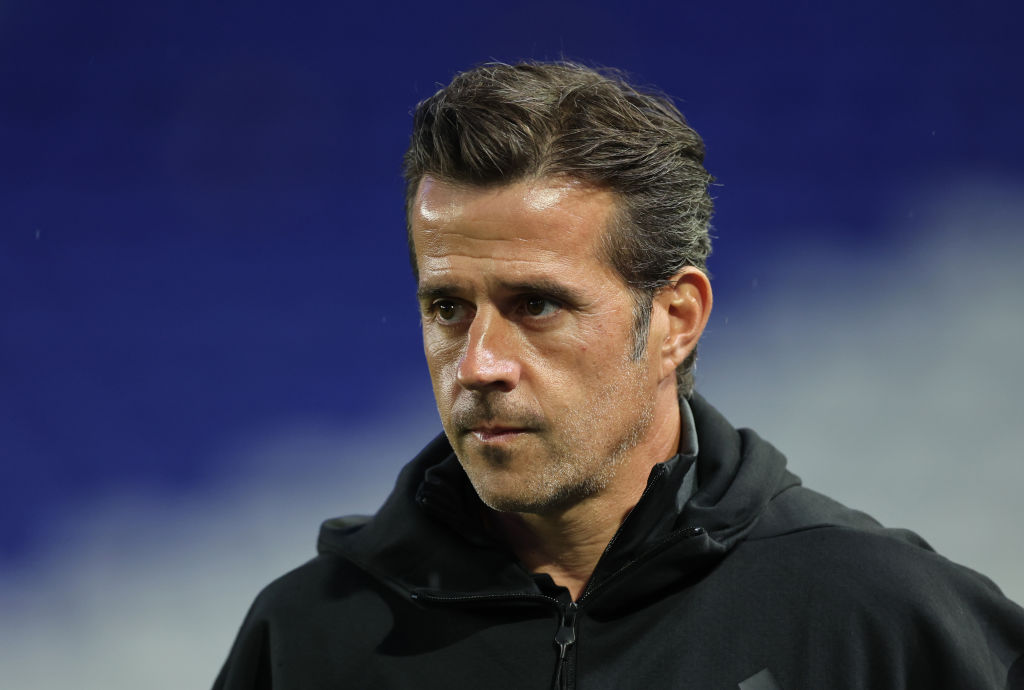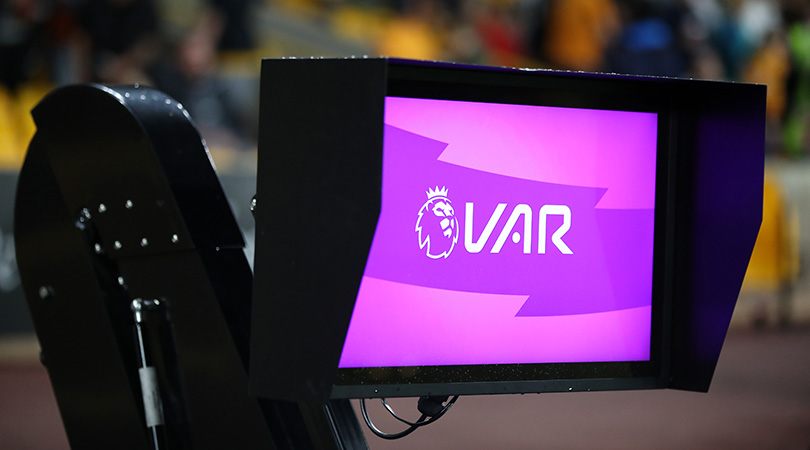
Brentford reached the end of 90 minutes in the Premier League’s Monday night fixture with a 1-0 lead at Craven Cottage and a valuable away win on the cards.
Fulham scored twice in time added on. Harry Wilson equalised in the second minute of stoppage time and scored the winner in the seventh, stinging the Bees and snatching victory from the jaws of defeat for the Cottagers.
Leicester City and Tottenham Hotspur also bagged goals in stoppage time, adding to a growing trend for goals at the death in the Premier League and beyond.
Why are we seeing more stoppage time goals?

There were five stoppage time goals in the previous round of fixtures and every one of them changed the outcome of a match.
The explosion of goals after the 90th minute is partly the result of there simply being more football. The shift towards more stoppage time began at the World Cup in 2022, where stricter management of time by referees produced an average of 11.61 minutes added across both halves.

Before the 2023-24 season only five teams had entered the 90th minute losing and come back to win, as Fulham did against Brentford. The frequency of those turnarounds jumped in the early part of that season – Spurs, Manchester United and Wolverhampton Wanderers all turned a loss into a win between September and November 2023.
The trend is being replicated all over the football world. A widespread desire to clamp down on time-wasting and maximise the amount of time for which to the ball is in play has generated more time added on and, consequently, more goals in stoppage time.
According to Premier League data made available early last season, the acceleration in the number of stoppage time goals outstrips the increase in added minutes. It’s not just the sheer amount of time available that has an effect.
The changing dynamic at the end of matches means that teams are playing into the 93rd or 94th minute before the final whistle is in sight. They’ve adapted accordingly, whether they’re defending a lead or trying to snuff one out. It’s inevitable that the result sometimes goes the way of the team chasing the game.
VIDEO Why Man United HAD To Sack Erik Ten Hag
Time lost to time-wasting has become a hot button issue in the last five years but the decline of ball-in-play time before 2022 was more easily explained by the introduction of VAR.
With the clock rolling towards 100 minutes more often to make sure football time isn’t being eroded by interruptions and long reviews, the impact of VAR on stoppage time and late goals is clear.
Studies have found that the VAR process itself has had an insignificant effect on the number of goals scored on average before and after its introduction, but the average on-field review time of more than a minute necessarily means that more of a game’s active minutes occur after the 90th.
"That is just incredible!" 🤯Harry Wilson STEALS it for Fulham in stoppage time! ⏰ pic.twitter.com/mmf4L5fFVoNovember 4, 2024
There’s also an argument that those breaks in play have changed the flow of matches to such a degree that players are able to maintain full match intensity for longer.
When they reach the 91st minute in 2024 they’re fresher than they would have been in 2016, before VAR was introduced.
VAR is a divisive and controversial innovation but one effect for which we can all be thankful is a boost in late drama.







